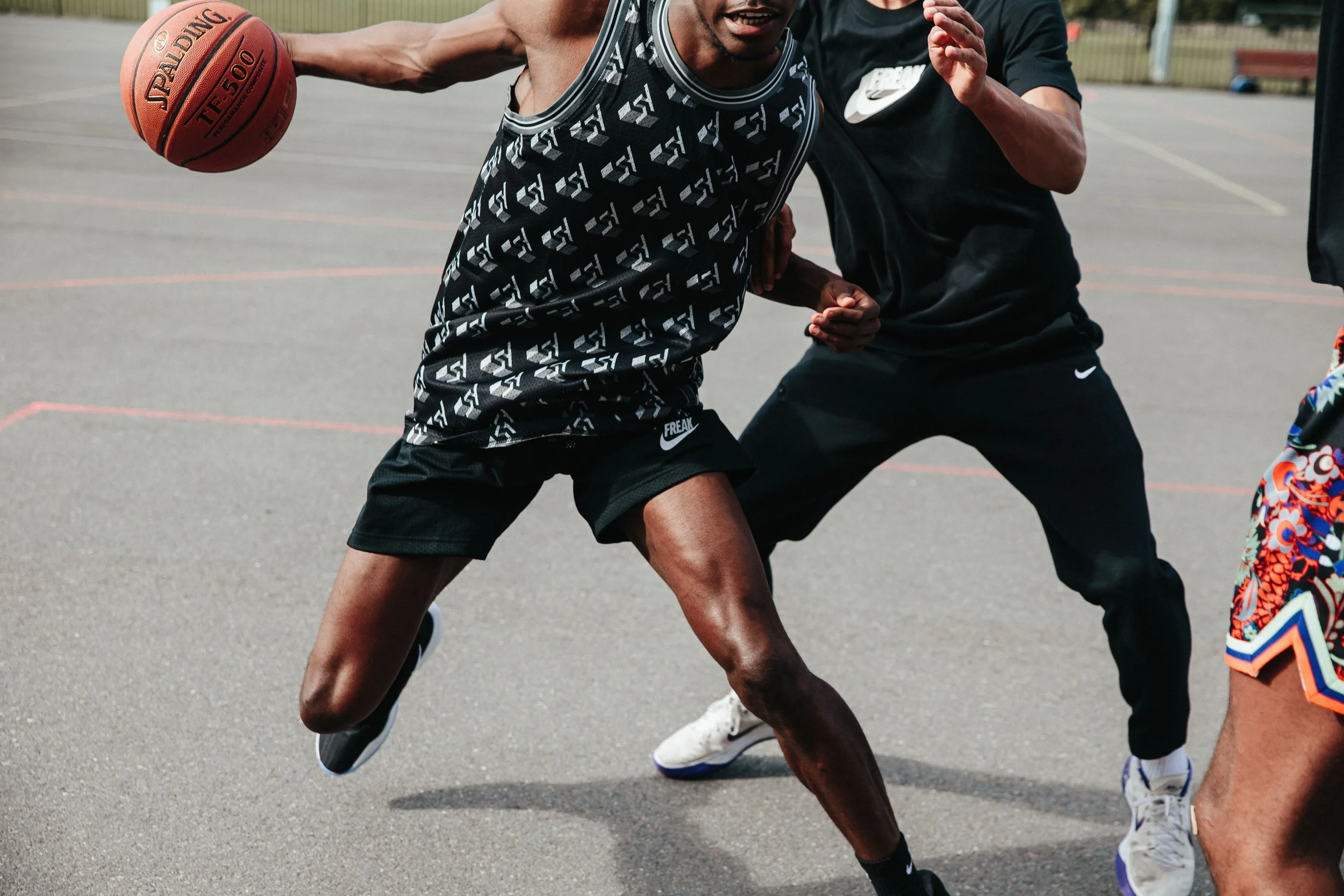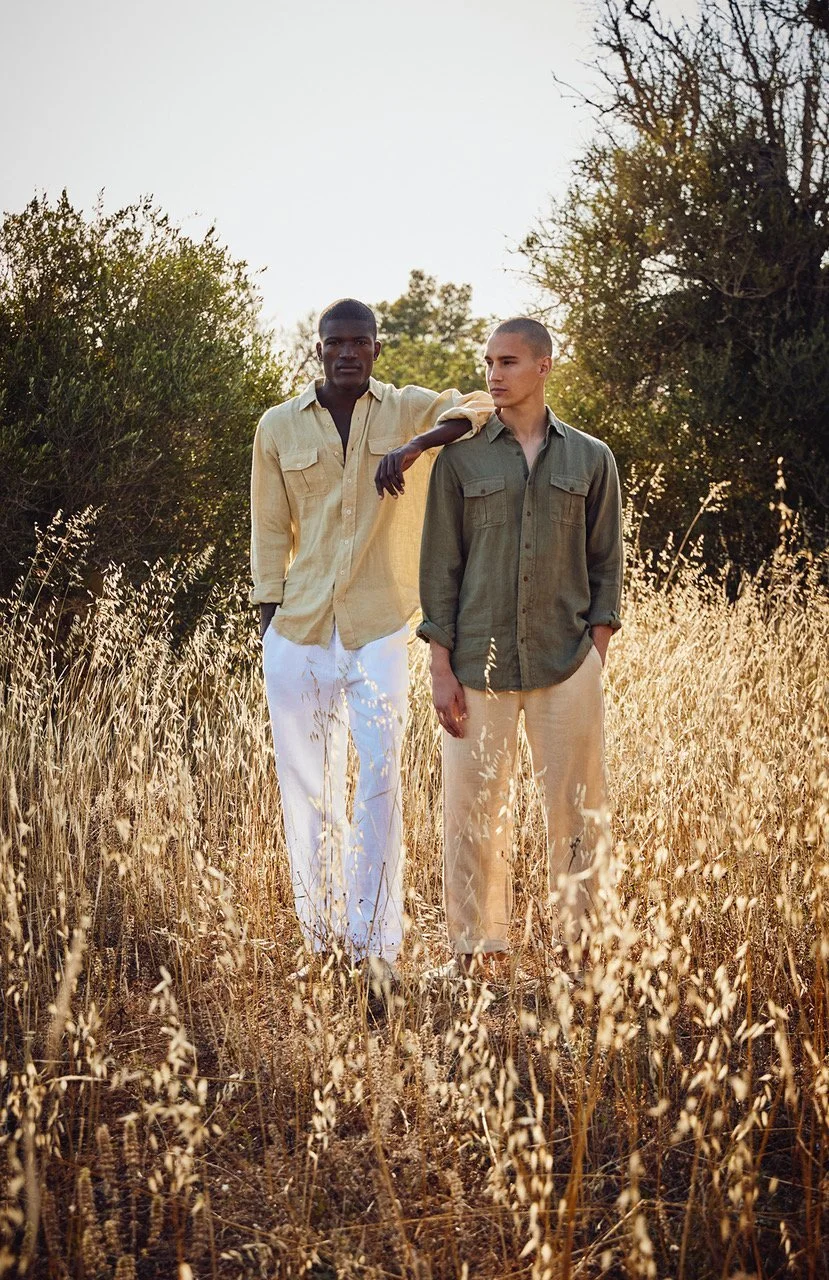How to Commission a Photographer / Part 4: The Cost of a Photoshoot
Part 4: The Cost of a Photoshoot: How we work it all out.
Following on from last week’s post about writing a photoshoot brief, we’re now going to look at how we work all the numbers out.
Like many services, the costs break down into fees and expenses - labour and materials if you like. In the world of photography, unlike many other industries, the labour fees aren’t generally a flat rate, they are for the most part based on the end usage.
When we sit down to work out the cost of a shoot, the first thing we do is plan a schedule for both the shoot production and the shoot. We start off by working out how many days the photographer will need to capture all the required images - the photographer’s shoot fees. Then we take into account how much of their time, if any, will be required for pre-production- recce or casting fees for example, plus post-production. Finally, we work out associated production expenses. It could just be basic photographic expenses such as digital capture and equipment and lighting, or we may need to cost for a location scout, location fees, several models, a large crew plus all of their associated expenses to shoot overseas for example.
© Emma Stoner / Inch’s Cider
So, let's start with the photographer's shoot fees.
• Photographer's Shoot Fees
A lot of clients ask us how much our photographers ‘day rates’ are. Our photographers don’t have a set day rate as such. Photographers’ fees vary significantly depending on many variables and are based on the end usage of the images and the nature of the project. When photography is commissioned, we grant a usage licence to reproduce the photography in a specific and restricted way and the fees reflect the extent of this usage licence. The higher the exposure of the image and the more the probable profit from the advertiser as a result, the higher the fee.
There’s more about copyright in Part 6 (Photoshoot Contracts) but it seems appropriate to mention it here. The photographer always seeks to retain the copyright, this means they own the right to authorise others to reproduce the images. A photographer would only sell the ‘copyright’ in exceptional circumstances. I have yet to come across a commercial client who actually wants to buy the copyright- i.e the authority to allow others to use the image. There are a lot of misunderstandings in this area. When a client asks for copyright, it generally turns out that they want exclusive usage of the images they are commissioning and to be able to prevent anyone else from using the images at the same time. This is fair enough and is stated in our terms and conditions of business as standard. Sometimes a client wants to know that they can use the images they commission for any media that crops up, worldwide and forever (in perpetuity). This can be arranged and will be reflected in the cost.
Here at LPA we take into account five factors when we are calculating the extent of the usage:
The day rate is accumulative, increasing as each additional factor increases, for example, five years rather than one, six forms of communication rather than two.
The percentage increases are not necessarily equally incremental in all industries and certain things need to be taken into consideration - for example in the world of corporate communications, annual reports are by their very nature often intended for a global audience, albeit just employees of the company or stakeholders, so not on the same scale as a global audience for a consumer advertising campaign.
There is a sliding scale of fees across different audiences. Generally speaking photography for a consumer audience is valued at the higher end, then business-to-business and specialist trades, then corporate then charity and education.
And now the bit you’ve all been waiting for, some figures…
Here is a very broad guide, and as you can see the figures are as variable as the usage factors cited above. High should not be interpreted as expensive, rates are high when the usage factors are high - a global, high-profile, in-perpetuity campaign for example. By the same token, low should not be interpreted as cheap, again, certain factors influence this: maybe the shoot was for a small, regional not for profit organisation.
Photographers Day Rate Guide (* see disclaimer below)
> = Less than
< = More than
Figures are in GBP Pounds
A couple of final things. We calculate our LPA photographers ‘day’ on 9 hours. We can do half days, but anything less would be rare. And, we also sometimes take into consideration how many days the shoot is, for example we might reduce the daily fee if the shoot was multiple days.
• Photographer's Production Fees
Next, we work out the fees for the photographer’s input and time in the ‘pre-production’ and ‘post-production’, these can include -
Recce fees: this is for a photographer’s time to look at potential locations (either supplied by the client or pre-scouted by a location scout) to check they will work for the final images.
Casting fees: photographer’s involvement in selecting the models.
Pre-light fees: if it’s a tricky lighting set up it may be that you require a day’s testing.
Some times other Pre-production fees are appropriate, for example a food photographer might need to do a ‘cook up’ test shoot day with a food stylist.
Travel fees: if travel time eats into the shoot daytime, it’s fair to charge additional fees. So for example, if it’s not possible to travel to the location, shoot and travel back again within a normal nine-hour working day.
© Pat Harrison / Tui
Most of the above are based on roughly 50% of a photographer's basic shoot fee. This is their general shoot fee for minimal usage, one year, one territory, and one media for example. So a basic fee we calculate before adding on any accumulative usage.
Post-production: this could be basic colour correcting to more complex post-production. Some photographers charge per image, some by time, and some both.
• Production Expenses
And finally, we work out what we need to include aside from the photographer's time based on the information you have supplied us (see Part 2: Writing the Brief).
So a shoot like this might only require basic photography-related expenses, digital capture, equipment/lighting hire, miscellaneous travel and subsistence, as the 'models' and the locations were organised by the client.
© Nic Kane / Foot Locker
For a shoot like this we will need to bring in a few extra elements - a studio, a props stylist, a food stylist , a set builder and a hand model.
© Martin Lomas / Winter Salads
This was a shoot where we cast real people and shot them in their actual homes, so mostly the photographer fees and expenses, assistants and the post were needed to be costed out plus the pre-production time, street casting fees, some ‘modelling’ fees for the people in the shots and the use of their homes, plus some miscellaneous costs.
© Nick David / For a leading high street financial brand
And a shoot like this will require a longer list of elements, specialist crew such as a wardrobe stylist, a props buyer, hair and make up artist , models, location scout and hire fee, a producer on set and all the associated expenses associated with shooting overseas.
© Katrina Lawson Johnston / Love Brand
You don’t need to worry about every single element we should or shouldn’t include in the shoot production costs anyway, that’s our job! We know for example if you are shooting with children, we need to include a children’s performance licence, perhaps audition fees and also a first aider. Or if there’s going to be a set build, we need to allow additional studio hire to build and strike the set. Or if we are shooting in Cape Town for example, we’ll need a carnet. But as I say it’s our responsibility to include anything that is necessary to deliver a professional shoot and meet (or exceed!) your expectations.
So there you have it, and as you can imagine, the cost of a shoot can range dramatically from 1k to 500k.
Of course, we always try to be as competitive as possible and quote realistically to deliver a quality shoot, as well as basing costs on the calibre and experience of our photographers.
More information on photography pricing including a full photoshoot checklist can be found in my book “Setting Up a Successful Photography Business”
• Please note the commissions and images seen in this article are simply to give an idea of different usages and production elements. The fees and production costs given as examples do not relate to these shoots directly.
• *The figures quoted in this article are a guide only and the personal opinion of the author based on her industry experience. They are not meant to be an attempt at price fixing and should not be used as a rate card.
• The figures are based on GBP Pounds.
• Although the author has made every effort to ensure that the information in this blog post is correct, the contents are provided without warranty as to their accuracy, may be of a general nature and the opinion of the author only. The author will not be held responsible for any loss, damage or disruption caused by errors or omissions, whether such errors or omissions result from negligence, accident, or any other cause.
Next week... Part 5: Timings: The Production Process







